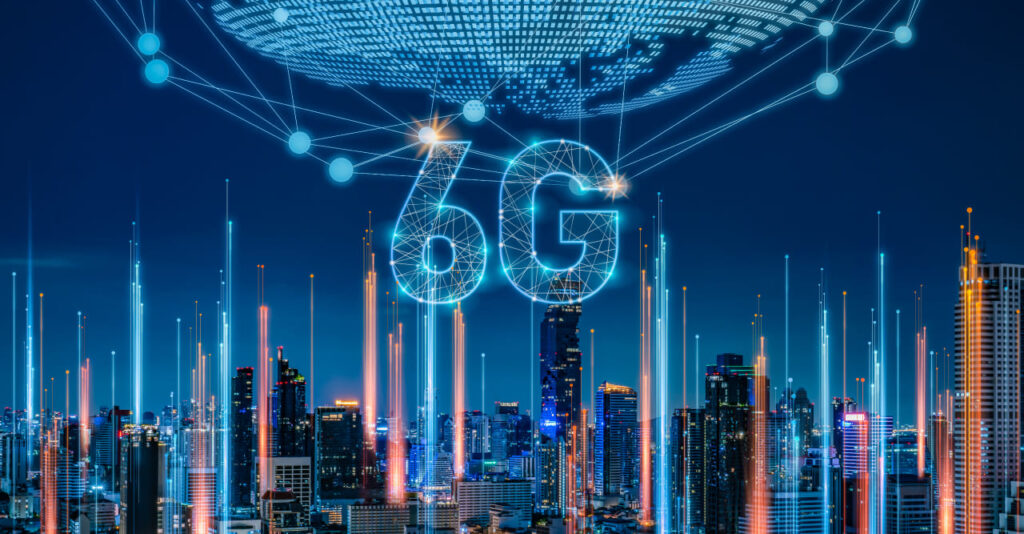The Future of 6G Networks in Global Connectivity

The advent of 6G networks is set to redefine global connectivity, taking the capabilities of mobile technology far beyond the current possibilities of 5G. While 5G has revolutionized communication with ultra-low latency and higher data speeds, 6G aims to unlock even more transformative applications by expanding bandwidth, enhancing data throughput, and enabling instant, seamless connectivity worldwide. This next-generation network is anticipated to support data speeds up to 100 times faster than 5G and achieve latency under a millisecond, opening doors to immersive technologies, AI integration, and innovations we are only beginning to imagine.
One of the core aims of 6G technology is to bridge the digital divide by enabling reliable, high-speed internet in remote and underserved areas. Unlike previous generations that relied heavily on ground-based infrastructure, 6G networks are expected to leverage a combination of satellites, aerial systems, and ground-based towers. By integrating satellite constellations and low-orbit satellites, 6G can provide robust connectivity over vast, previously unreachable areas. This connectivity will have significant global implications, providing internet access to isolated communities, enhancing educational and healthcare access, and boosting economic opportunities.
Another exciting prospect of 6G is its potential to power ultra-reliable, low-latency communication (URLLC) across a wide range of industries. In autonomous transportation, for instance, 6G could enable near-instantaneous data exchange between vehicles and infrastructure, making real-time route adjustments and safety interventions possible. In healthcare, 6G networks could facilitate advanced telemedicine applications, including remote robotic surgeries, with accuracy and responsiveness that mirror in-person interactions. The same low latency and high reliability could improve precision manufacturing, enabling collaborative robots (cobots) to work alongside humans with enhanced safety and efficiency.
6G is also anticipated to fuel the growth of holographic communication and extended reality (XR) applications. With faster data transmission and minimal delay, 6G could enable lifelike holograms for virtual meetings and events, creating a deeper sense of presence for remote interactions. This will change how businesses operate, offering immersive experiences for collaboration and training without the need for physical presence. In education, 6G could facilitate virtual classrooms where students and instructors can interact as if they were in the same room, offering engaging, interactive learning environments regardless of location.
Another transformative impact of 6G will be in the field of Artificial Intelligence (AI) integration. Unlike current networks, which treat AI as an application, 6G networks will be AI-native, designed to support AI processing and decision-making at the network’s edge. This approach will not only optimize network efficiency but also enable devices to process data in real-time, transforming how systems operate. With distributed AI capabilities, devices on a 6G network can make autonomous decisions quickly, benefitting applications like smart cities, where sensors and devices need to make adjustments on the fly for energy management, waste control, and public safety.
Moreover, the power of 6G extends beyond terrestrial uses into space exploration and satellite communication. The high data transfer capabilities and global reach of 6G can facilitate data exchange between Earth and space stations or interplanetary missions. Faster, reliable communication could enhance data sharing for space research and even support emerging technologies like quantum networks, which are anticipated to require significant bandwidth and security measures for long-distance data transmission.
However, the development of 6G also raises challenges, notably in terms of energy requirements and cybersecurity. 6G networks, with their powerful infrastructure, will likely demand more energy than current networks. Addressing this challenge will require integrating sustainable energy sources, like solar and wind, to power network components and exploring energy-efficient designs for network infrastructure. On the cybersecurity front, 6G’s widespread deployment and critical applications make it a potential target for sophisticated cyberattacks. Thus, robust encryption and blockchain-based security protocols are likely to be embedded into 6G infrastructure to ensure secure and resilient networks.
While 6G is still under research and development, its projected rollout in the 2030s marks a bold leap toward a hyper-connected world. With its extraordinary speed, reduced latency, and expansive global reach, 6G has the potential to bridge global divides, support advanced technologies, and fundamentally change how we live, work, and communicate.
Stay ahead with ITBusinessNews – Your trusted source for Technology and Business news. Fast & Precise




